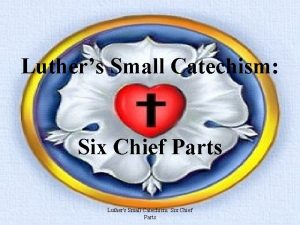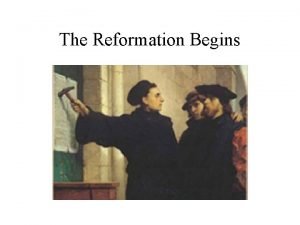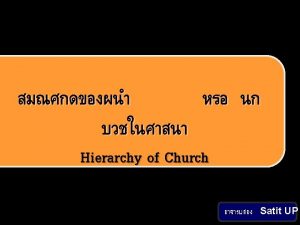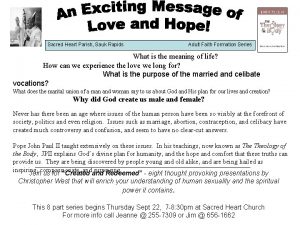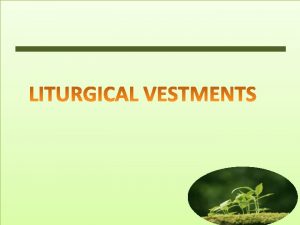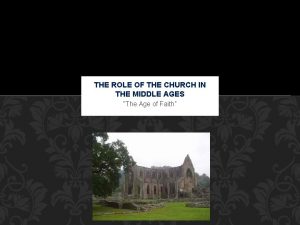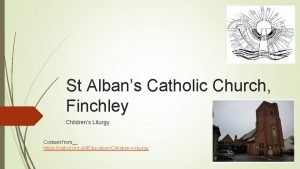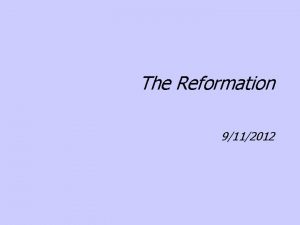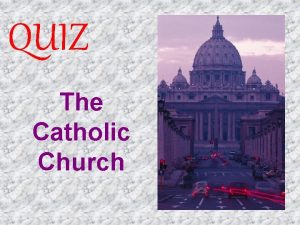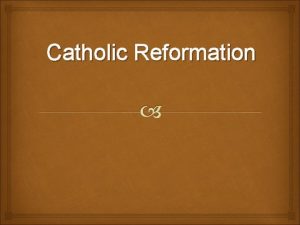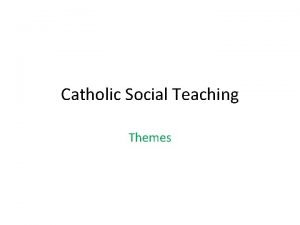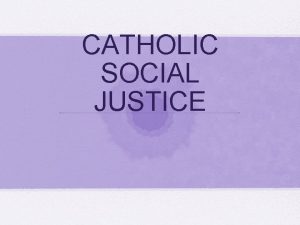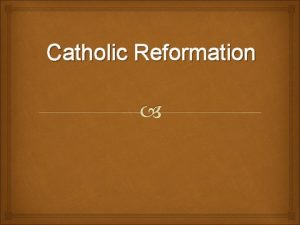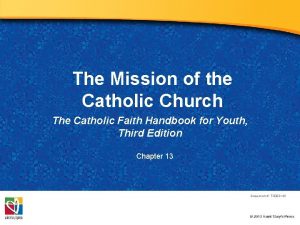The Catholic Church THE ROLE OF THE CATHOLIC










- Slides: 10

The Catholic Church THE ROLE OF THE CATHOLIC CHURCH SUCCESS CRITERIA: I will list THREE examples of the power the Catholic Church on medieval society DIRECTIONS: q Meet with your expert groups. q Read the information and discuss the information. q Summarize the information into 3 -4 bullet points. EXPERT GROUPS: 1. Medieval Life 2. The Role of Clergy 3. Economic and Political Power

The Catholic Church THE ROLE OF THE CATHOLIC CHURCH SUCCESS CRITERIA: I will list THREE examples of the power the Catholic Church on medieval society DIRECTIONS: q Meet with your expert groups. q Read the information and discuss the information. q Summarize the information into 3 -4 bullet points. EXPERT GROUPS: 1. Education 2. Art and Architectur e 3. Monks, Nuns, and Mendicant

7. 39 Explain the importance of the Catholic church as a political, intellectual, and aesthetic institution, including founding of universities, political and spiritual roles of the clergy, creation of monastic and mendicant religious orders, preservation of the Latin language and religious texts, Thomas Aquinas’s synthesis of classical philosophy with Christian theology and the concept of “natural law. ” (C, H, P) THE ROLE OF THE CATHOLIC CHURCH The Catholic Church was at the center of culture during the Middle Ages. In your expert groups, read the information in the article, discuss your findings, and summarize HOW the Catholic Church impacted the following aspects of life. MEDIEVAL LIFE ROLE OF THE CLERGY • • • EDUCATION ECONOMIC &POLITICAL POWER • • ARCHITECTURE MONKS, NUNS, AND MENDICANTS • •

DIRECTIONS: Summarize each bullet point into one sentence.

MEDIEVAL LIFE • At the start of the Middle Ages, all Christians in western Europe belonged to a single church, which became known as the Roman Catholic Church. The Church was the center of medieval life in western Europe. • The church building was the center of community activity. Religious services were held several times a day, town meetings, plays and concerts were also held at churches. • During the Middle Ages, the church provided education for some, and it helped the poor and sick. The church was a daily presence throughout a person’s life from birth until death. • People also looked to religion or the church to explain world events like storms, disease, and famine. The church also taught that salvation, or the saving a person’s soul , would come to those who followed the church’s teachings.

ROLE OF THE CLERGY • The Catholic church created a system in which all members of clergy, or church leaders, had a rank. • The Pope, who was the bishop of Rome, was the supreme head of the Roman Catholic Church. • Bishops governed area called dioceses from great cathedrals. Local communities were called parishes and they were served by priests. • Church officials were often the only people who could read. As a result, they kept records for monarchs and became trusted advisors. • Used excommunication, or banishment from the Church, as punishment

ECONOMIC &POLITICAL POWER • By year 1050, the Church was the largest landholder in Europe. Some land was given to the Church by monarchs, whereas other land was taken by force. • The Church became wealthy by collecting a tithe, or tax from people, and eventually charging people for sacraments. • The Investiture Controversy between Pope Gregory VII and Henry IV over the appointment of bishops showed how the political power of the Church. • Pope Urban II called Catholics to fight in a series of wars called the Crusades, which were military expeditions to gain back the territory known as Jerusalem or the Holy Land, where Jesus lived.

ARCHITECTURE • During the Middle Ages, most art was made for religious purposes. Paintings and sculptures of Christ and Christians saints were placed in churches to help people worship because many people did not know how to read. • Cathedrals were large churches headed by bishops built to inspire awe. For centuries, they were the tallest buildings in town and often built in the shape of a cross. • Gothic style churches looked like they were rising to heaven. • Cathedrals were beautifully decorated with stained glass and mosaics, and showed the Church’s power and wealth.

EDUCATION • Most schooling took place in monasteries, covenants, and cathedrals. This pattern was established under Charlemagne, who encouraged the church to teach people to read and write. • Most students in church schools were sons of nobles who were studying for careers win clergy. They spent much of their time memorizing prayers and passages from the Bible in Latin. • Thomas Aquinas, an Italian scholar of philosophy and theology (religion) wrote a text called “Summa Theologica” tried to bridge the gap between reason and faith. • Aquinas’ theory of natural law sated that there was an order built into nature that could guide people’s thinking about right and wrong.

MONKS, NUNS, AND MENDICANTS • Monks were men who joined monasteries, communities devoted to prayer and service to fellow Christians. • Monks lived in monasteries and spent their lives in prayer, study, and work. • Monks attend eight church services every day, cared for the poor and sick, taught, and hand-copied religious texts and books, and created illuminated manuscripts. Monks help preserve ancient knowledge. • Instead of living in monasteries, Mendicants, or Francian friars, traveled among ordinary people to care for the poor and sick.
